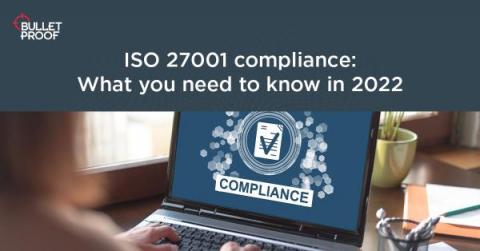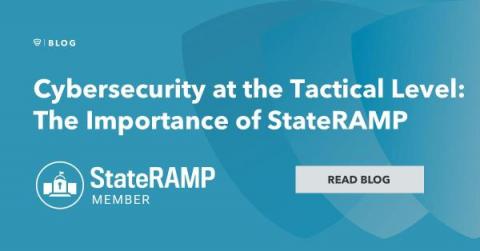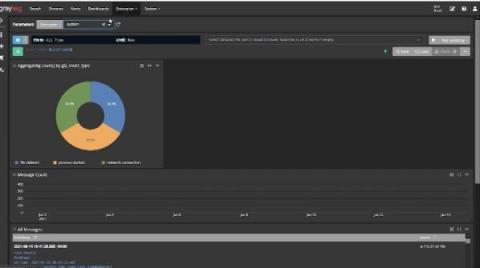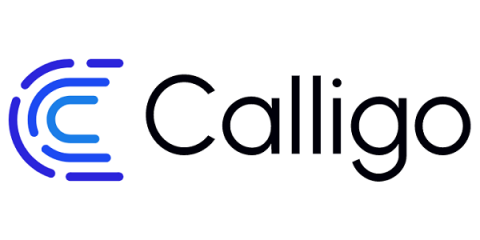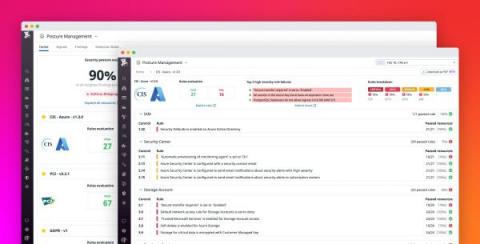ISO 27002 2013 to 2022 mapping
On February 15th, the International Organization for Standardization (ISO), published the latest update to “ISO/IEC 27002 Information security, cybersecurity and privacy protection — Information security controls”. This latest standard is available for personal use from their site on ISO.org for CHF 198 (Swiss Francs) or, if you prefer, US dollars, $200, at the ANSI.org webstore. I’ll also simply refer to it as ISO 27002 as most people do.



